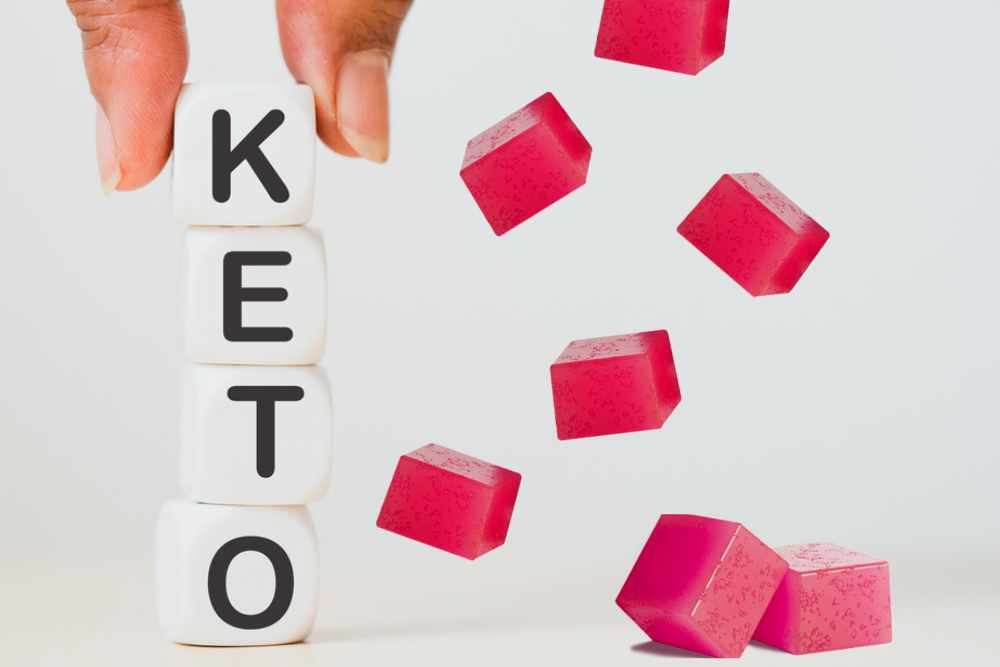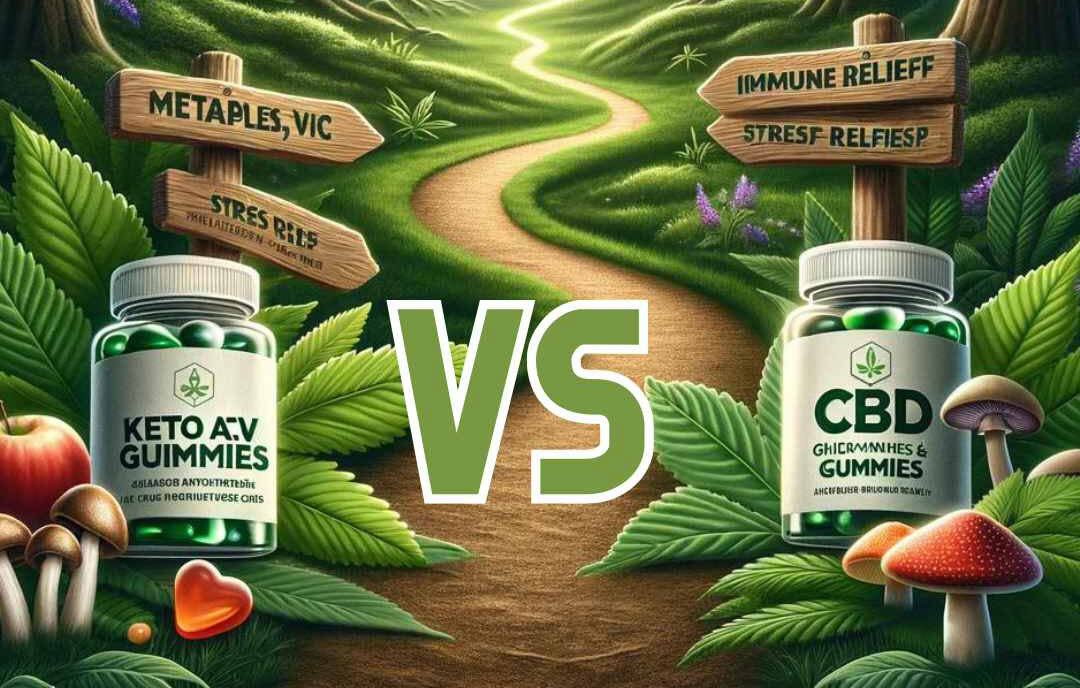FLAVONOIDS IN CANNABIS: WHAT YOU NEED TO KNOW
WHAT ARE FLAVONOIDS?
Flavonoids can be considered a diverse group of phytonutrients, also known as plant compounds, found in almost all fruits and vegetables, grains, bark, roots, flowers, tea, and wine. Flavonoids are the largest group of phytonutrients, with more than 6,000 types. Some of the best-known flavonoids are quercetin and kaempferol. These natural substances are well known for their potential effects on health.
Flavonoids are also being considered essential in the variety of pharmaceutical, medicinal, nutraceutical, and cosmetic worlds. This indispensable component is attributed to their anti-inflammatory, anti-oxidative, and anti-mutagenic properties coupled with their capacity to help cellular enzyme function (Panche et al., 2016). Along with carotenoids, which can be found in select plant, algae, and fungi species, they are responsible for the vivid colors in fruits and vegetables.

In recent years, scientists have turned to various flavonoids to explain some of the potential health benefits associated with human diets rich in fruits and vegetables, according to the Linus Pauling Institute. Like other phytonutrients, flavonoids are powerful anti-oxidants with suggested anti-inflammatory and immune system benefits. Diets rich in flavonoid-containing foods are sometimes associated with disease prevention. However, it is not yet clear whether the flavonoids themselves, independently, are solely responsible.
WHICH FOODS HAVE FLAVONOIDS?
Many plant products contain dietary flavonoids. For instance, onions, tea, strawberries, kale, grapes, brussels sprouts, citrus fruit, parsley, and many spices are just a few natural foods rich in flavonoids, according to Louis Premkumar, a professor of pharmacology at Southern Illinois University School of Medicine and author of "Fascinating Facts about Phytonutrients in Spices and Healthy Food" (Xlibris, 2014).
Flavonoids can be found in these foods:
- Kale
- Onions
- Grapes
- Red wine
- Peaches
- Berries
- Scallions
- Broccoli
- Tomatoes
- Lettuce
In addition to flavonoids being in our foods, there are also six subtypes of flavonoids that we’ll touch on here.

1. Flavanols
This first subtype of flavonoids are known for their anti-oxidant properties. They may help manage symptoms of cardiovascular disease. Flavanols can be found in the following foods:
- onions
- kale
- tea
- peaches
- berries
- tomatoes
- lettuce
- scallions
- broccoli
2. Flavan-3-ols
Foods with this subtype of flavonoids are very rich in nutrients, including:
- white tea
- green tea
- oolong tea
- black tea
- apples
- purple and red grapes
- berries
- cocoa and chocolate products
3. Anthocyanins
Anthocyanins are naturally produced pigments that give flowers their red, purple, and blue color. They’re predominantly found in the outer skin of berries and berry products like:
- red and purple grapes
- red wine
- cranberries
- blueberries
- strawberries
- blackberries
4. Flavones
Flavones are the pigments in blue and white flowering plants. They also work as a natural pesticide, protecting leaves from harmful insects.
Flavones may also help with inflammation in the body. You can find them in the following foods:
- parsley
- red peppers
- celery
- chamomile
- peppermint
5. Flavanones
Flavanones are known for their anti-inflammatory properties. They may also help you manage your body weight. Flavanones are found in these foods:
- lemons
- limes
- oranges
- grapefruit
6. Isoflavones
Isoflavones may help keep hormones balanced in your body. Isoflavonoids are mainly in soy, soy products, and some other legumes such as fava beans.
WHAT DO THEY DO?
Flavonoids can help regulate cellular activity and assist in fighting off free radicals that cause oxidative stress on your body. In more basic terms, they help your body function more efficiently while protecting it against everyday toxins and stressors.
Flavonoids are also powerful anti-oxidant agents. Anti-oxidants help your body fight off potentially harmful molecules. Your body produces anti-oxidants naturally, but they’re also found in dark chocolate, legumes, and many fruits and vegetables.
Inflammation is one of your body’s immune responses. Allergens, germs, toxins, and other irritants can trigger inflammatory responses that result in uncomfortable or irritating symptoms. Flavonoids may help your body dismiss that inflammatory reaction so that those symptoms are reduced.
WHAT ARE THE HEALTH BENEFITS OF FLAVONOIDS?
Different flavonoids can help the body in different ways. For example, including foods with flavonoids in your daily diet may be an effective way to help manage health concerns. At least five subtypes of flavonoids have a demonstrable effect on lowering high blood pressure, according to a 2015 paper published in Nutrition Review Journal.
Also, the flavonoids found in tea, coffee, and soy may help lower your risk of having a heart attack or stroke. One study published in the Journal of Translational Medicine reported that people who consumed higher levels of flavonoids as part of their diet had a lower risk of experiencing a cardiovascular episode. However, more research is needed to support the cardiovascular benefits of flavonoids.
In addition, a healthy diet high in flavonoids may also decrease your risk of type 2 diabetes. A 2018 meta-analysis suggested that a high intake of dietary flavonoids correlated with a lower risk of type 2 diabetes (Xu et al., 2018). However, more research is needed to prove the efficacy of flavonoids as blood sugar regulators or modulators.

The anti-inflammatory and antioxidant effects of flavonoids have also encouraged researchers to study their potential as anticancer drugs. Chahar and colleagues suggested that certain flavonoids may help stop cancer cells from multiplying (2011). Including foods with flavonoids and keeping a healthy diet may decrease your risk of getting certain cancers.
Again, more studies are needed to confirm whether flavonoids can be used as an effective cancer therapy.
WHY FLAVONOIDS IN CANNABIS?
We often attribute the lovely cannabis flavors and aromas of no other than those terpenes. But, flavonoids also play an important role in providing the distinguishing qualities we use to differentiate between strain varieties. Both odor and flavor are possible in cannabis due to the synergistic qualities that terpenes and flavonoids share with one another. Kinda think of this as a team effort.
Furthermore, flavonoids also affect the pigmentation of cannabis, just as they do with other flowers. Those beautiful, deep purple cannabis strains owe their coloration to the flavonoids known as anthoxanthins or anthocyanins. In other plants such as berries, anthocyanin may cause red, purple, or even blue coloration depending on pH levels.

Flavonoids are compounds in plants that give plants their pigmentation (color), filter out UV rays, attract pollinators, and prevent plant diseases. Furthermore, there are about 20 flavonoids in cannabis. These flavonoids are important in cannabis because have suggestive beneficial effects such as anti-inflammatory, anti-oxidant, anti-fungal, anti-bacterial, anti-cancer, and anti-allergic activity.
Quercetin, Apigenin, and Cannaflavin A are three flavonoids found in cannabis. Quercetin may act as an anti-oxidant, anti-viral, and anti-cancer agent. Apigenin has been suggested to have anti-anxiety and anti-inflammatory properties, also found in parsley, celery, and chamomile tea. Cannaflavin A is uniquely found in cannabis and may be a strong anti-inflammatory agent as well.
The reason why certain combinations of these biomolecules make us feel different is due to the synergistic properties of these various compounds. Cannabidiol (CBD), for instance, modulates the effects of THC at the blood-brain barrier. Flavonoids are thought to have similar synergistic abilities. Whether they enhance the properties of cannabinoids or modulate their efficacy is not fully known and warrants further research.
FLAVONOIDS: FINAL THOUGHTS
Flavonoids may provide many individuals health benefits. They are easy to include in your daily diet and have potentially powerful antioxidant properties, which may help with managing symptoms of inflammation.
Although research is only starting to tap into the potential of flavonoids in cannabis, we are beginning to see anecdotal promise for its importance and contribution to cannabis and CBD research.
*DISCLAIMER: The information in this article is for educational purposes only. It does not exploit or provide medical advice of any kind. Therefore, any reliance you place on the information below is strictly at your own risk. Please check with your medical provider before starting or changing a CBD routine.
Sources
Chahar, M. K., Sharma, N., Dobhal, M. P., & Joshi, Y. C. (2011). Flavonoids: A versatile source of anticancer drugs. Pharmacology reviews, 5(9), 1–12. https://doi.org/10.4103/0973-7847.79093
Clark, J. L., Zahradka, P., & Taylor, C. G. (2015). Efficacy of flavonoids in the management of high blood pressure. Nutrition reviews, 73(12), 799–822. https://doi.org/10.1093/nutrit/nuv048
Hammon, B. R. & Renzi, L. M. (2013). Carotenoids. Advances in Nutrition, 4(4), 474-476.
Panche, A. N., Diwan, A. D., & Chandra, S. R. (2016). Flavonoids: an overview. Journal of nutritional science, 5, e47. https://doi.org/10.1017/jns.2016.41
Xu, H., Luo, J., Huang, J., & Wen, Q. (2018). Flavonoids intake and risk of type 2 diabetes mellitus: A meta-analysis of prospective cohort studies. Medicine, 97(19), e0686. https://doi.org/10.1097/MD.0000000000010686
Content Writer | Physiologist | ResearcherKirsten is currently a PhD student studying Health Sciences at Rocky Mountain University of Health Professions (RMUoHP) in Provo, Utah, specializing in Human Physiology. She is a Research Assistant at RMUoHP in the Human Performance Lab as well as a Research and Development Writer for Nanocraft CBD. She is passionate about the influence of cannabis and CBD in sport as well as the benefits of lifetime movement on health and wellness.
- #cannabidiol
- #cbd
- #cbdforathletes
- #cbdoil
- #cbdproducts
- #hemp
Tagged under














No comments yet!
Be the first to comment